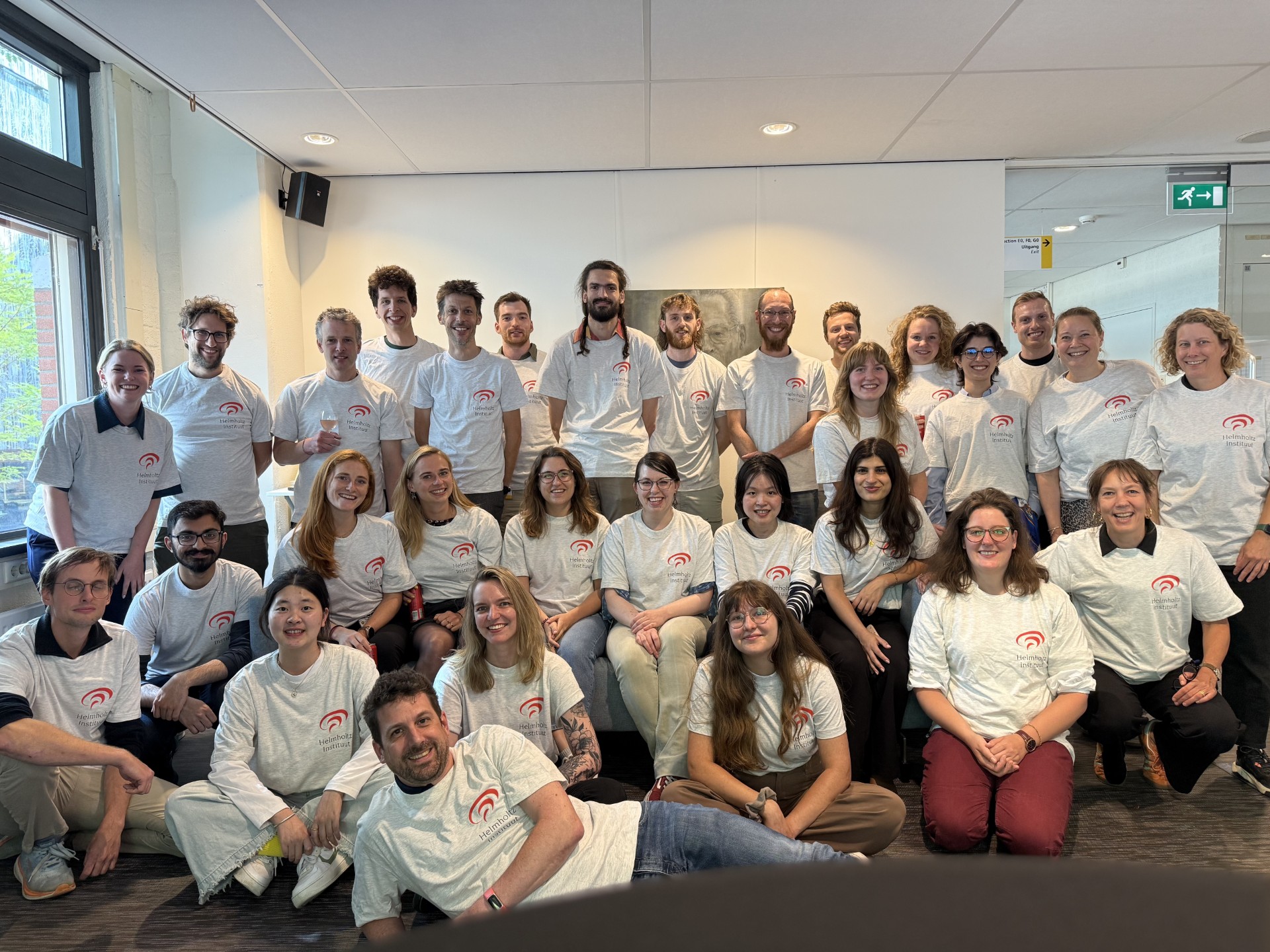Agenda
Helmholtz lecture Alexander Sack, June 24: The State is the Art: Using simultaneous TMS-EEG-fMRI to assess oscillatory brain state-dependent gating of cortico-subcortical network activity
Date: 24 June 2022, 4-5pm
Speaker: Alexander Sack from Maastricht University
The State is the Art: Using simultaneous TMS-EEG-fMRI to assess oscillatory brain state-dependent gating of cortico-subcortical network activity
The human brain can flexibly activate a concrete set of brain regions within dynamically changing networks depending on behavioural and cognitive context. Neuroimaging can map these networks and brain stimulation techniques can test their functional relevance by manipulating local and remote (=network) activity levels. Simultaneously combining neuroimaging with brain stimulation can visualise stimulation-induced network effects in the brain. However, concurrent TMS-fMRI studies cannot capture the fast temporal dynamics of ongoing neural communication within and between such interconnected brain regions. Even during rest, there is continuous coupling and uncoupling of functional areas, resulting in ongoing fluctuations in brain states. It is therefore crucial to interpret TMS-induced network activations in a temporal context. Measuring this temporal context using EEG in addition to fMRI during TMS may allow to better understand how oscillations and brain-wide network dynamics interrelate. In my talk, I will present a concrete set up and first empirical data showcasing the unique potential of human simultaneous TMS-EEG-fMRI applications to reveal brain-wide dynamics and network communication mechanisms. Studying oscillation-network coupling in vivo may for example allow us to unravel how frontoparietal areas act as the conductor of a neurocognitive orchestra, in which brain rhythms within and between brain regions enable flexible routing of information through widely distributed brain networks depending on cognitive demand. Simultaneous TMS-EEG-fMRI mau also facilitate future evidence-based personalized clinical applications of TMS at predefined oscillatory brain states that either will or will not lead to specific network brain activations by either facilitating or shunting signal propagation from the cortical TMS stimulation site. Our data demonstrate that this feature can be exploited at the single-subject level and may be particularly relevant in clinical contexts where patient-tailored approaches will be required that go beyond average group statistics.
Teams link to the meeting (this meeting will be hybrid): https://bit.ly/3Mlkpvy


